Do you have a question about the Dell EqualLogic PS6110E and is the answer not in the manual?
Details array models available prior to the PS4100/PS6100 family.
Specifies the supported configuration limits for a PS Series group.
Describes array models released before the PS4100/PS6100 family.
Details the array models in the PS4100 and PS6100 families.
Describes the PS-M4110 controller and its integration.
Explains requirements for control module firmware versions within a group.
Details considerations and guidelines for performing firmware upgrades.
Provides recommendations for high availability during firmware updates.
Guides on setting the RAID policy for a group member after addition.
Factors to consider when selecting a RAID policy for members.
Summarizes best practices for RAID policy selection and their characteristics.
Details supported conversions between different RAID policies.
Explains RAID 6 drive layouts and usable storage for various configurations.
Details RAID 10 drive layouts and usable storage for different models.
Covers RAID 50 drive layouts and usable storage for various models.
Outlines RAID 5 drive layouts and usable storage, with recommendations.
Shows RAID set relationships for different RAID types and drive counts.
Explains PS Series SAN groups, members, and the concept of pools.
Describes volumes as storage allocation structures and their attributes.
Details snapshot and clone capabilities for volumes.
Explains thin provisioning for managing data growth and logical capacity.
Covers replication as a disaster recovery strategy for business applications and data.
Explains synchronous replication (SyncRep) for identical data copies across pools.
Details IPsec for securing communication links and protecting data.
Outlines industry standards and requirements for EqualLogic SANs.
Specifies requirements for switches used in an EqualLogic SAN.
Details design guidelines for redundant NICs and HBAs for high availability.
Key considerations for implementing a mixed speed SAN with 1GbE and 10GbE arrays.
Summarizes design considerations for integrating 10Gb arrays into 1Gb SANs.
Strategies for directly attaching arrays to M-Series blade I/O modules.
Methods for connecting blade chassis to external switches using pass-through modules.
Strategies for connecting M1000e chassis to external switches for array connections.
Describes the EqualLogic Unified Storage Architecture for FS Series appliances.
Highlights features of Dell FluidFS, a high-performance clustered file system.
Lists the features and supported configuration limits for NAS systems.
Describes valid configurations allowed during initial NAS cluster setup.
Details the system components of the FS7500 NAS appliance.
Explains FS7500 operation during controller failover events.
Describes the system components of the FS7600 NAS appliance.
Describes the system components of the FS7610 NAS appliance.
Defines the NAS cluster as a logical container for NAS containers and shares.
Explains the storage space allocated to the NAS Cluster from a PS Series pool.
Describes how to provision NAS storage by creating NAS containers.
Details FluidFS container snapshots for file system level snapshot capability.
Covers file system snapshots and asynchronous NAS replication.
Provides detailed connection diagrams for FS7500 client LAN and iSCSI SAN.
Details network connections for FS7600 and FS7610 NAS appliances.
Explains DCB for bandwidth allocation and lossless behavior in shared networks.
Specifies requirements for all devices in an EqualLogic SAN to support DCB.
Details methods for configuring DCB, including manual and propagation.
Illustrates a basic single-layer switching topology example with rack servers.
Presents three tested DCB SAN designs for M1000e blade chassis integration.
Guidance for incorporating a data center-in-a-chassis DCB solution.
Explains the requirement for non-default VLANs for prioritized lossless iSCSI traffic in DCB.
Lists ports and protocols required for operating an EqualLogic iSCSI SAN.
Lists optional ports and protocols for management and alerts.

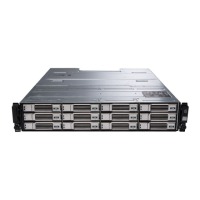
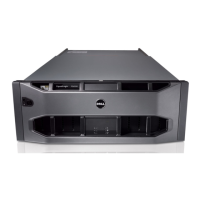
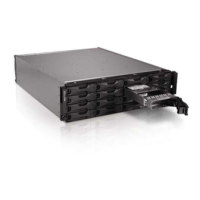

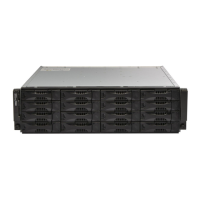
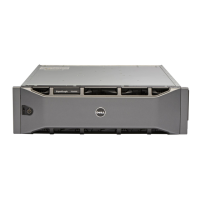

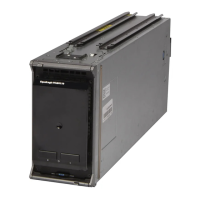

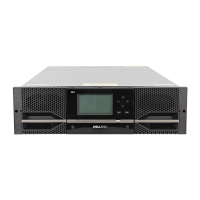

